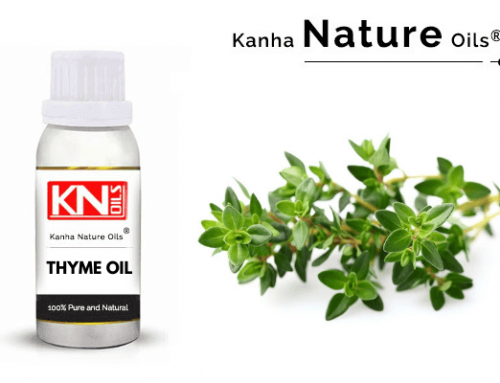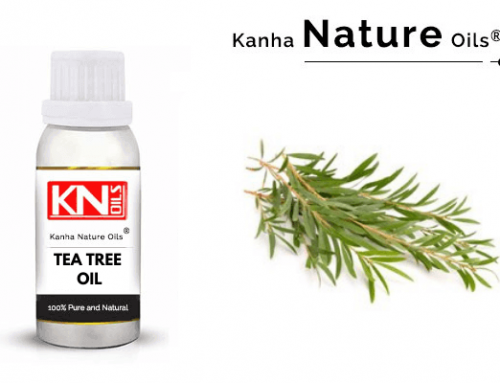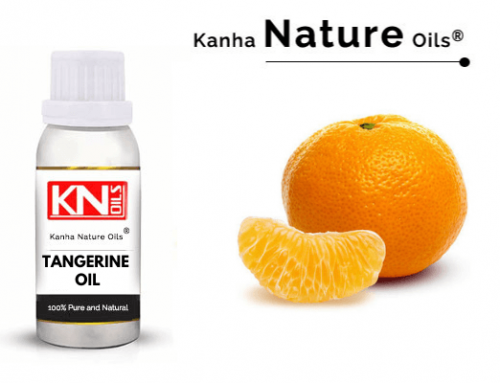OAKMOSS OIL

- Botanical Name: Evernia prunastri
- CAS No.: 68917-10-2
- Flash Point (°C): >100
- Refractive Index: 1.550 – 1.575 at 20°C
- Specific gravity: 0.900 – 1.150 at 25 °C
- Color:Dark green
- Solubility: Soluble in alcohol & oils and insoluble in water
Description:
Oakmoss (Evernia prunastri) is a Lichen that grows primarily on the trunk and branches of oak trees. It can also grow on the bark of other trees and conifers such as Pines and Cedar trees.
The fragrance industry uses two species of Lichen, Evernia prunastri, and Pseudevernia furfuracea. Evernia prunastri grow on oak trees commonly called “oakmoss” while, Pseudevernia furfuracea grows especially on pine and cedar trees, usually called ”tree moss”.
Oakmoss is found in many mountainous temperate forests throughout the Northern Hemisphere, including parts of France, Portugal, Spain, China North America, and places in Central Europe.
The yield of oakmoss essential oil varies from 0.22 to 0.4%.
Cultivation and Harvesting:
Oakmoss is native to Europe and North America. The lichen is collected in Europe and especially in Macedonia, France, and Bulgaria.
Concretes are obtained from the moss through extraction with solvents and absolutes are extracted from the concrete using alcohol. The essential oil extracted from this moss is used as a base note and fixative in perfumery.
Oakmoss is a species of Lichen (a Fungus) found growing naturally in several forests all around the Northern Hemisphere, in countries like counting various regions of France, Portugal, North America, Central Europe, and Spain. Evernia prunastri Lichen is a very small, flat, and thallus like structure measuring 3 to 5 cm long. The color of wet oak moss varies from olive green to yellowish-green.
France is the biggest producer of Oakmoss essential oil. Apart from France other nations like the USA; Bulgaria also produces Oakmoss essential oil.
Odor profile:
Rich, earthy, and woody
Major Constituents:
Pinene, camphene, phellandrene, terpinolene, limonene, Carvone, cymene, γ-terpinene, Ethyl Everninate, trans-Pinocarveol, trans-Carveol, Ethyl Hematonmate, Methyl B-orcinolcarboxylate, α-Campholenal, Ethyl Chlorohematommate, Caryophyllene, Caryophyllene oxide, α-Humulene, Citronelly tiglate, Bornyl acetate, Fenchone, β-Elemene, Linalool , 1,8-Cineole, β-Gurjunene, β-Thujone, Citronellol, Farnesene.
Application:
~ Oakmoss oil is one of the basic components of the famous ‘Chypre Accord’, which was used to create the Chypre fragrance. Now, this oil is extensively used in the creation of a variety of fragrances.
~ The properties of Oakmoss oil are Antiseptic, demulcent, Reduce Cramps and Muscles Stiffness, expectorant, fixative, Reduces Stress, Restorative, Boost Immunity, keeps Hairs and scalp remains moist and smooth, Cure bronchitis, laryngitis coughs, and many other problems.
Aromatherapy:
Oakmoss oil can be used as a skin moisturizer, to reduce skin itching, reinvigorate, and act as anti-aging.
WHY SHOULD YOU ASK
our latest catalog
We just want our customers to see how our industry prices are simple & best fit for them. For this you need to be updated from our side on daily basis. Ask our updated latest catalog with latest pricing. One more thing! our three fundamentals never change. We are committed with best price, purity & inhouse variety manufacturing. Want to know what they are? Find it here.




